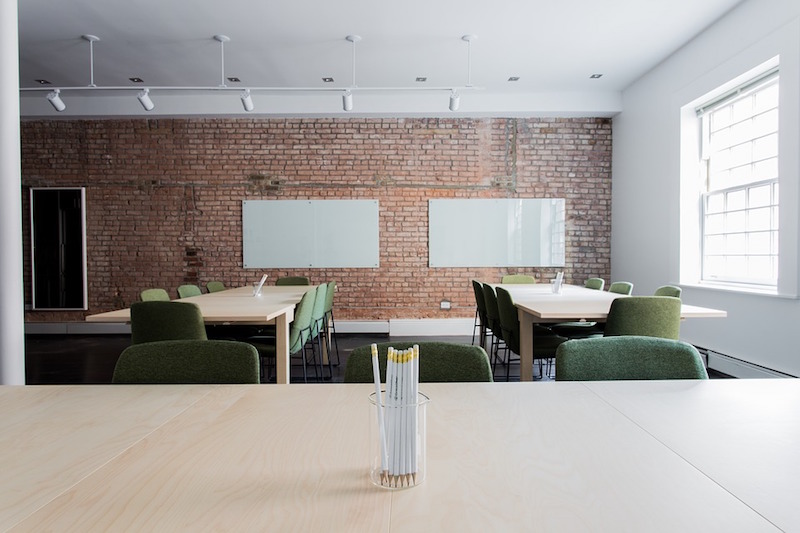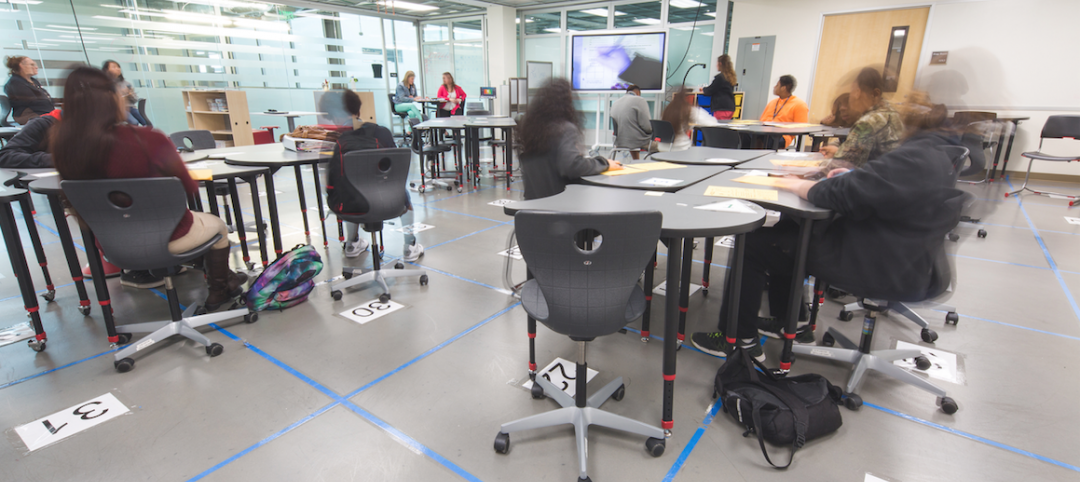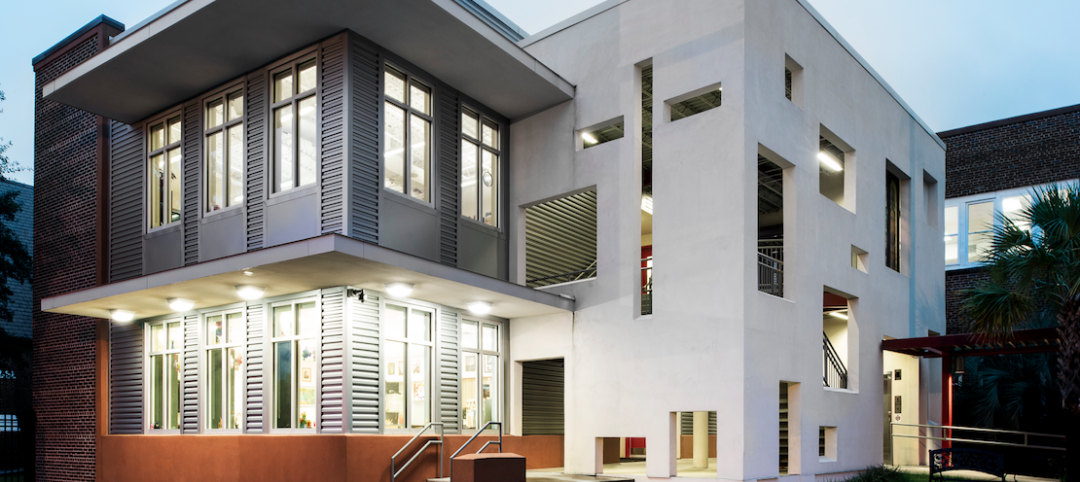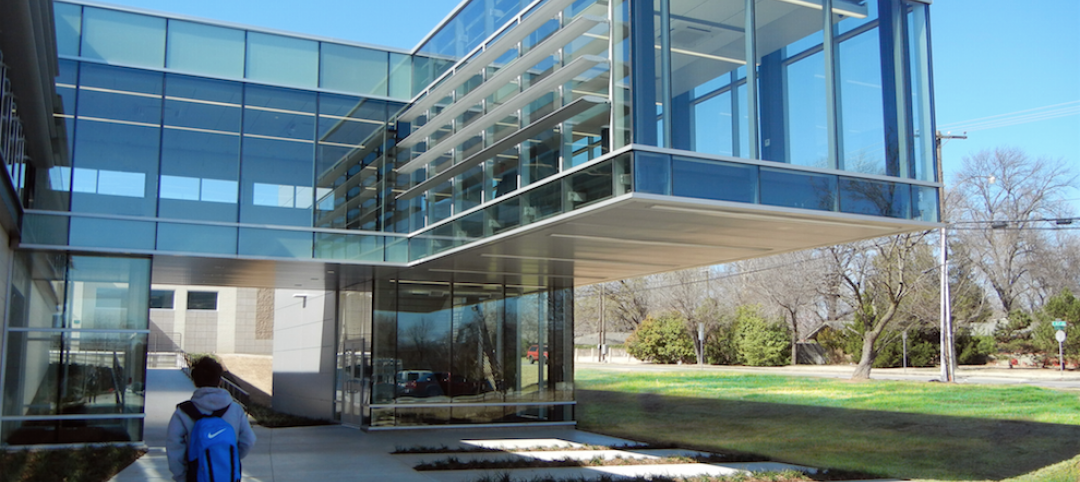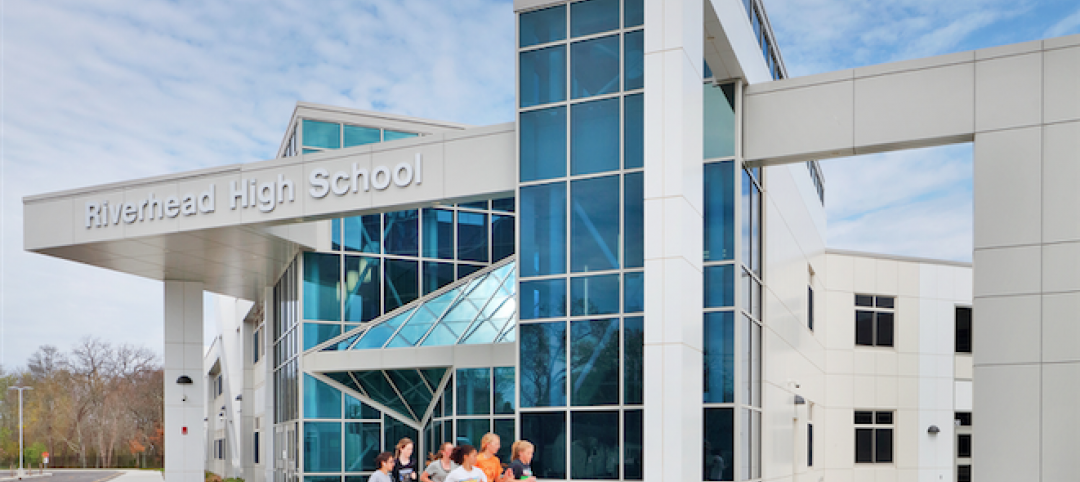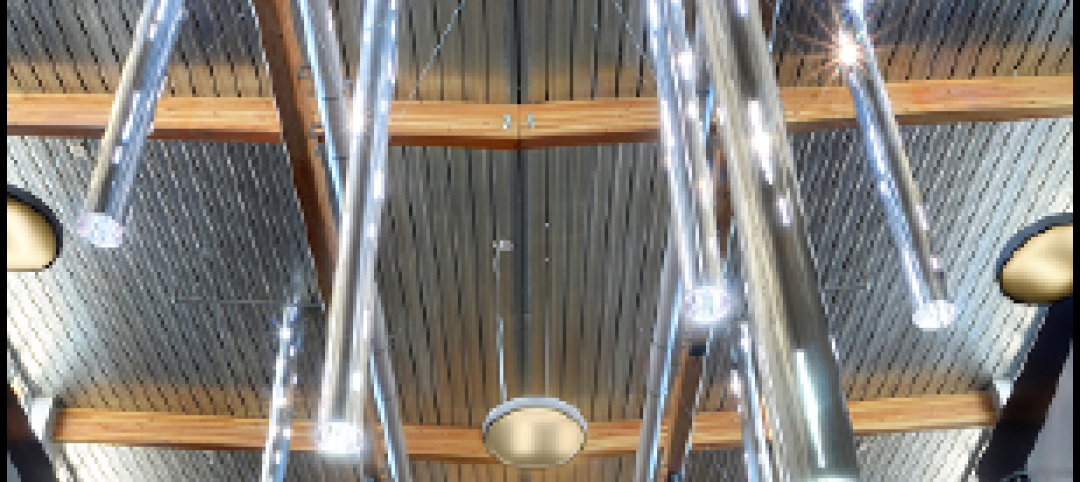Perkins Eastman recently announced the publication of white paper “Measuring Up: Using Pre- and Post-Occupancy Evaluation to Assess High-Performance School Design.”
“Measuring Up” documents a design research study conducted by Perkins Eastman that used the Dr. Martin Luther King, Jr. School, located in Cambridge, MA, as a test case. The study showed that the high-performance design strategies employed in the design of the MLK School had a significant and measurable impact on both occupant satisfaction and building performance. These findings tie high-performance design strategies to improved building performance and increased satisfaction, bringing the theoretical value-add proposition for high-performance design into reality.
The overarching goal of the school’s design was to synthesize objectives to enhance educational outcomes within this urban district and to pursue attributes of Net Zero Energy. Together, these goals inspired a sustainable, high-performance urban learning environment that can serve as a prototype for the school district and potentially nationwide. These same lessons also add to the design industry’s understanding of high-performance design.
The white paper is co-authored by a group at Perkins Eastman representing broad research, sustainability, and K-12 school design. Sean O’Donnell, leader of Perkins Eastman’s K-12 practice, says, “By evaluating and analyzing our work, we are able to make smarter decisions moving forward to enhance educational outcomes, improve our communities, and reduce our environmental impact—and to do so in the most economical means possible.” He continues, “This feedback loop moves us closer to creating truly sustainable, high-performance learning environments for our clients and communities.”
Perkins Eastman’s study is distinguished from other academic studies investigating Indoor Environmental Quality (IEQ) in schools in that it was designed to examine multiple, concurrent factors—producing a more holistic picture than single variables studied in isolation can provide. In Perkins Eastman’s study, satisfaction levels increased between 53-66% in every measure, indicating meaningful improvement. These measures included: daylight, thermal comfort, acoustics, and air quality.
By showing that even minor improvements in building performance using high-performance design strategies can significantly impact occupant satisfaction and performance, this case study becomes applicable to any industry where occupant performance is significant— especially in educational, office, and healthcare environments.
“Measuring Up” is available for download here.
Related Stories
K-12 Schools | Aug 4, 2016
First Look: New Sandy Hook Elementary School blends safety and nature
The new Sandy Hook Elementary School has been carefully designed with state-of-the-art safety measures to keep students safe.
| Aug 1, 2016
K-12 SCHOOL GIANTS: In a new era of K-12 education, flexibility is crucial to design
Space flexibility is critical to classroom design. Spaces have to be adaptable, even allowing for drastic changes such as a doubling of classroom size.
| Aug 1, 2016
Top 80 K-12 School Construction Firms
Gilbane, Balfour Beatty, and Core Construction head Building Design+Construction’s annual ranking of the nation’s largest K-12 school sector construction and construction management firms, as reported in the 2016 Giants 300 Report.
| Aug 1, 2016
Top 60 K-12 School Engineering Firms
AECOM, Jacobs, and STV top Building Design+Construction’s annual ranking of the nation’s largest K-12 school sector engineering and E/A firms, as reported in the 2016 Giants 300 Report.
| Aug 1, 2016
Top 100 K-12 School Architecture Firms
DLR Group, Stantec, and Huckabee top Building Design+Construction’s annual ranking of the nation’s largest K-12 school sector architecture and A/E firms, as reported in the 2016 Giants 300 Report.
K-12 Schools | Jun 2, 2016
Chicago charter school designed by Studio Gang emphasizes sustainability and wellness
The Academy for Global Citizenship’s new purpose-built structure, located in the Garfield Ridge neighborhood of Chicago, is meant to reflect its operating philosophy that the path to a more sustainable future begins in the classroom.
Industry Research | Feb 22, 2016
8 of the most interesting trends from Gensler’s Design Forecast 2016
Technology is running wild in Gensler’s 2016 forecast, as things like virtual reality, "smart" buildings and products, and fully connected online and offline worlds are making their presence felt throughout many of the future's top trends.
K-12 Schools | Feb 4, 2016
Grimshaw and BVN design 14-story public school in Australia
The design of the high-rise is based on the template of Schools-within-Schools (SWIS), a system that de-emphasizes age groups.
| Jan 14, 2016
How to succeed with EIFS: exterior insulation and finish systems
This AIA CES Discovery course discusses the six elements of an EIFS wall assembly; common EIFS failures and how to prevent them; and EIFS and sustainability.


